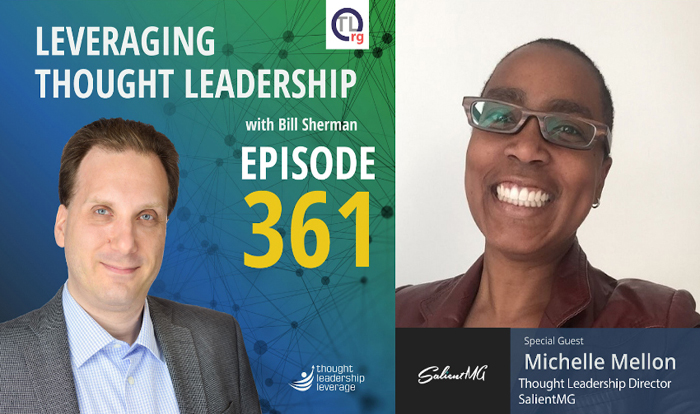You may not think of yourself as a storyteller, but we all have tales to tell and there are countless ways to share them with others. When it comes to storytelling and thought leadership, however, where do you begin?
Tell me about yourself.
It’s such a simple statement, yet it can strike terror in the heart of the person on the receiving end. Even in a job interview it’s unlikely the person you’re speaking with is looking for a chronological history or a list of your attributes or accomplishments. They want to hear the story of you.
The same principle applies when you’re creating a thought leadership piece. Tell me about your idea is not an open invitation for a rant or for you to provide a thinly veiled list of “issues” your product oh-so-conveniently addresses. It’s an invitation to enter a narrative relationship, where you provide the idea and its background and context–the story of how this idea will change your reader’s life. And you begin in that same space where you first came up with your idea, solution or platform.
There was probably some element of “what if” involved in your thought leadership musings. Take that one step further: What if you had to explain your idea to someone outside your peer group, your industry, your country? How would you translate your thinking to something that’s happening in their lives?
We often forget, particularly in the tech world–where the focus shifts between what’s shiny / sexy / secure / time-saving–that we’re not just talking to ourselves. Thought leadership content only thrives when it’s engaging and encourages the reader to want to learn more about the topic at hand and about you as a professional. And that happens when we help people relate directly to what we’re sharing so they can better understand and advocate for the change we’re trying to make.
To be clear, that drive toward change–that “what if” scenario–doesn’t mean your thought leadership has to be predictive. But it should present something in a new light. Something with a spin that reflects your experience, personality, and–if appropriate–speculation about why, how, and what’s coming next. Something that truly positions you as a leader.
I recently shared my thoughts on storytelling and how it relates to thought leadership as a guest on the Thought Leadership Leveraging podcast. You can find it on your preferred media platform or listen to my interview in episode 361 here.
We’ll explore some of these elements of storytelling and ideas about how to incorporate them into your thought leadership in future posts, so please check back here for the next chapter!

